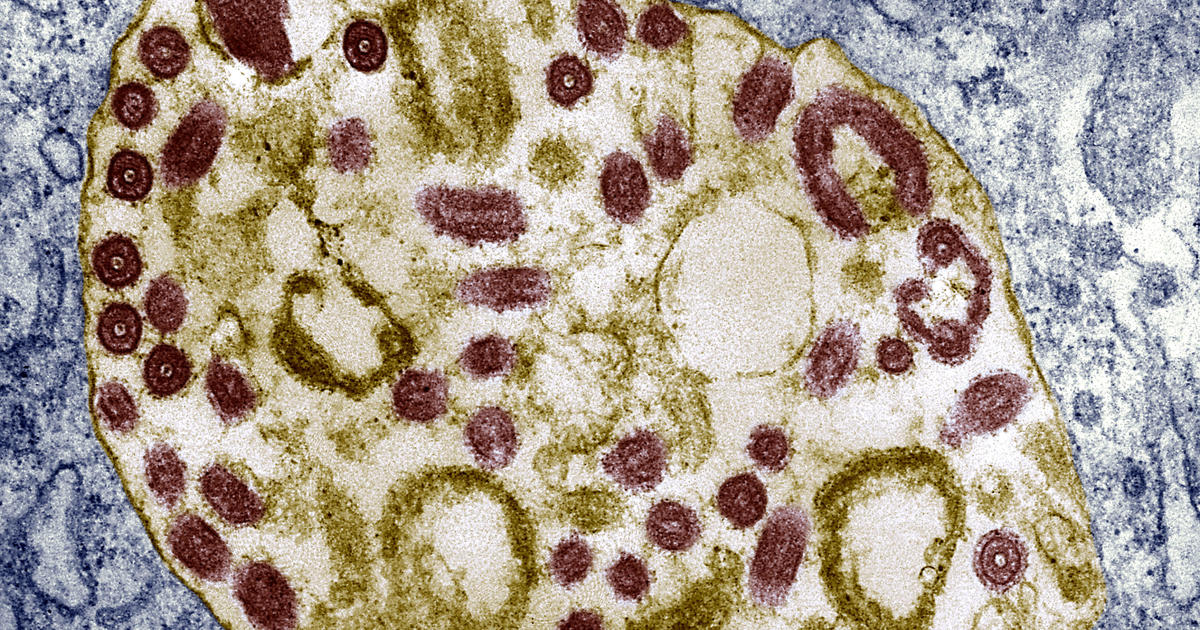The recent outbreak of the Marburg virus in Rwanda has highlighted the significant threat posed by this deadly hemorrhagic fever. Eleven fatalities and 36 confirmed cases underscore the urgency of the situation, particularly given the lack of authorized vaccines or treatments for this rare but highly contagious disease. The rapid spread within the community emphasizes the need for swift and decisive public health interventions, focusing on contact tracing, stringent infection control measures, and community education. Understanding the transmission dynamics, symptoms, and potential treatments (or lack thereof) is crucial to mitigating this outbreak and preventing further spread both within Rwanda and potentially internationally. The situation serves as a stark reminder of the ongoing global health security challenges posed by emerging infectious diseases.
Understanding the Marburg Virus
Transmission and Infection
The Marburg virus, like its close relative Ebola, is a filovirus originating from fruit bats. While these bats themselves typically do not exhibit symptoms, the virus can spread through direct contact with infected bodily fluids, including blood, saliva, sweat, and vomit, of humans or animals. Indirect contact is also possible through contamination of surfaces like bedding, clothing, needles, or medical equipment used by an infected individual. Crucially, the World Health Organization (WHO) emphasizes that the Marburg virus does not spread through the air, ruling out airborne transmission as a primary mode of infection. The incubation period, the time between infection and symptom onset, is typically three to three weeks. This prolonged latency period necessitates rapid and efficient contact tracing strategies to identify and isolate potentially infected individuals to minimize the risk of widespread outbreaks.
Symptoms and Progression
Marburg virus infection initially presents with flu-like symptoms, including fever, severe headache, muscle aches, and general malaise. As the illness progresses, more serious symptoms emerge. These can include nausea, vomiting, diarrhea, abdominal pain, and significant fatigue. A defining characteristic in later stages is bleeding from various orifices like the gums, nose, and anus. In severe cases, patients may experience shock, delirium, and potentially fatal organ failure. The severity of symptoms and the likelihood of a fatal outcome significantly impacts healthcare provision during an outbreak. Without any treatments specifically designed for this illness, the death rate can reach up to 88%.
Current Outbreak in Rwanda and Global Response
The Rwandan Situation
Rwanda’s Ministry of Health swiftly responded to the escalating outbreak, reporting eleven deaths and 36 confirmed cases. Authorities immediately activated heightened surveillance, contact tracing efforts, and community engagement initiatives. While the source of the initial infection remains undetermined, rapid and effective response protocols implemented early show promise in containing its spread. Their strategies focus on identifying and isolating infected individuals and conducting rigorous contact tracing to prevent chain transmission. International organizations such as the WHO and the CDC (Centers for Disease Control and Prevention) are offering vital support to the Rwandan health authorities in controlling the epidemic. Such collaboration highlights the essential role international agencies play in addressing health crises worldwide.
Global Health Security Implications
The Rwandan Marburg outbreak serves as a reminder of the vulnerability to such viral hemorrhagic fevers despite significant advancements in global health infrastructure. The absence of any approved vaccine or treatment for Marburg specifically makes outbreaks challenging to contain. Improved global surveillance, the strengthening of healthcare infrastructure in high-risk regions, and prompt public health interventions remain critical components of mitigating the risk. Ongoing research and the development of effective vaccines and antiviral treatments are crucial to significantly impacting the future trajectory of Marburg virus outbreaks globally. Collaboration and knowledge sharing among nations are paramount in preparedness and response to mitigate threats posed by emerging infectious diseases.
Prevention and Control Measures
Public Health Strategies
Effective infection prevention and control measures remain essential for mitigating the spread of the Marburg virus. These measures include: promptly isolating confirmed and suspected cases, actively tracking and monitoring individuals exposed to infected persons, practicing safe burial procedures and handling of bodies, utilizing appropriate personal protective equipment for healthcare workers, enforcing effective hand hygiene protocols, and implementing stringent cleaning and disinfection procedures in affected areas. Community education and communication are key components of success during outbreaks, promoting awareness and engagement by people with health workers to support both preventative measures and control strategies.
Research and Development
The urgent need for a vaccine and effective treatment against the Marburg virus is obvious. Research in vaccine development has focused primarily on developing several promising vaccine candidates. Clinical trials are critical to establishing both safety and efficacy before widespread use. It is essential to facilitate research and collaboration and encourage funding into finding effective antiviral drugs which can be critical for reducing the severity and mortality rate. This should involve strengthening research collaborations between global institutions and pharmaceutical companies to overcome development and accessibility challenges for marginalized communities. Efficient responses will require early preparation through proactive community participation and investment.
Takeaway Points
- The Marburg virus outbreak in Rwanda is a critical health concern.
- The disease is highly contagious and has a high mortality rate.
- There are no approved vaccines or treatments currently available.
- Effective public health measures, including contact tracing, isolation, and infection control are critical for containing outbreaks.
- Further research into developing vaccines and treatments is urgently needed.
- International collaboration and rapid responses are crucial for addressing such outbreaks effectively.




